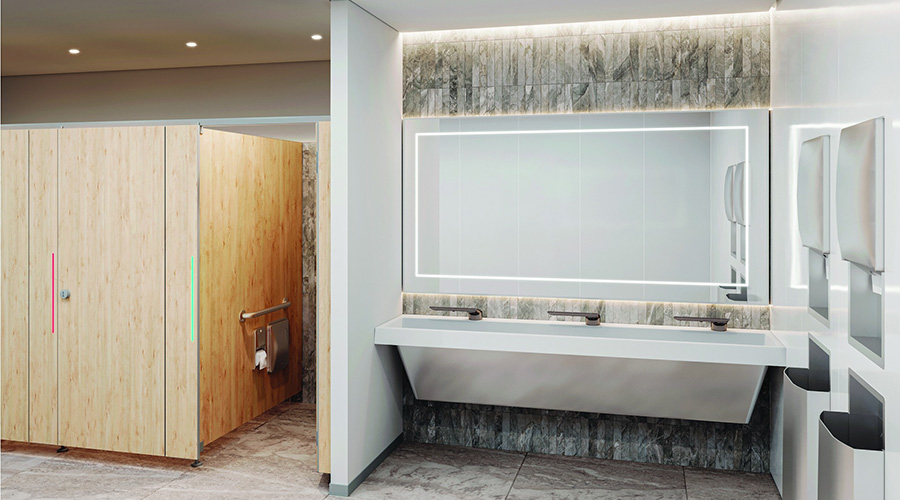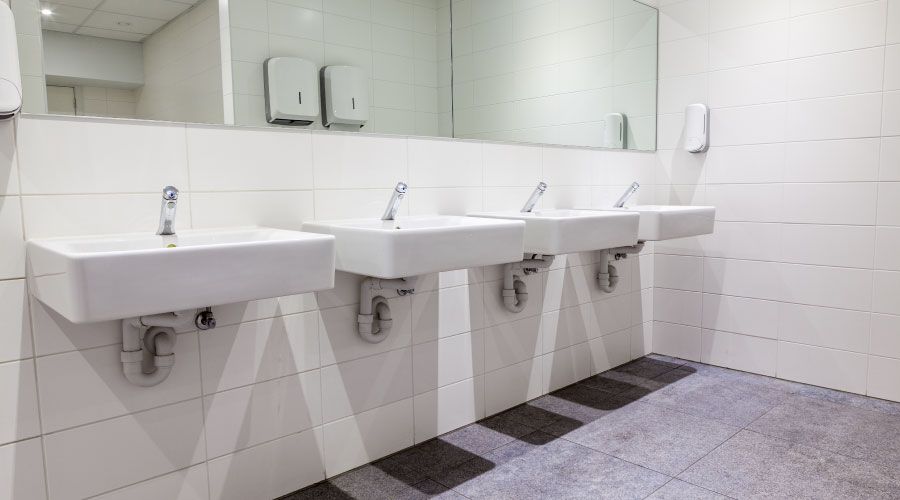Restroom Access For Transgender People Becoming A Contentious Issue
First of a 2-part article on the emerging legal issues around restroom access by transgender employees
Whether you own or manage an office building, warehouse, or industrial facility, odds are that you would prefer to keep America’s raging culture wars as far away from the property as possible. Unfortunately, this is much easier said than done. Of late, in fact, the battle has been intensifying over the contentious issue of restroom access for transgender people. Take the Nov. 2015 CNN.com report headlined “U.S.: Illinois transgender student must get full locker room access.” It covers a transgender high school student’s demand to be given access to the girls’ locker room. Similar battles are being fought in places such as Massachusetts, Texas, and the District of Columbia, to name a few.
While it might seem somewhat unlikely, this issue could easily come to the fore at a warehouse, office, or industrial facility as well. A warehouse, for example, could hire a person who is in the process of transitioning from a man to a woman, or who merely identifies as a woman despite having been born male. The new employee chooses to use the ladies’ room — and an outraged female coworker complains. What should the facility manager do?
Certain states, such as Colorado and California, have already mandated that employers respect the rights of transgender employees, and the federal government takes a strong position in the affirmative as well. Earlier this year, in fact, OSHA said in no uncertain terms that employees should have access to restrooms based on their gender identity, an opinion echoed by the EEOC.
In some cases, an office building, warehouse, or manufacturing plant is fortunate enough to have smaller, single-occupancy restrooms on each floor. If so, this allows you to sidestep these thorny, politically charged questions by simply changing the signs from “men’s” or “women’s” to gender-neutral designations.
Facilities that have larger, gender-specific bathrooms could consider transforming them into what OSHA describes as “multiple-occupant, gender-neutral restroom facilities with lockable single occupant stalls.” That’s a fancy way of saying, “Tear out the urinals and make the sign gender-neutral.” In addition to being expensive, however, this approach is bound to be a less comfortable one for many people. After all, you would be creating a situation that is brand-new for many Americans — namely, walking into a bathroom in which people of different genders are mingling at the same time.
In other words, turning your larger, gender-segregated restrooms into multiple-occupant, gender-neutral ones could backfire: Employees who were uncomfortable with the decision could complain or even sue you. On the other hand, if you were to allow transgender people free access to the gender-specific restrooms of their choice, unhappy employees could go after you for this as well: “I went into the ladies’ room and there was a man dressed as a woman in there!”
Welcome to the culture wars.
Despite the potential difficulties enumerated above, the safest course is to comply with the government and be as accommodating as possible toward transgender people. Simply put, the greatest legal risk here comes from highly motivated transgender employees who feel their rights have been violated. People who don’t want them using the same restroom are less likely to invest the significant amounts of time and money required to haul you into court. Could it happen? Yes. But transgender activists and the federal government clearly represent the greater legal risk.
Related Topics:












